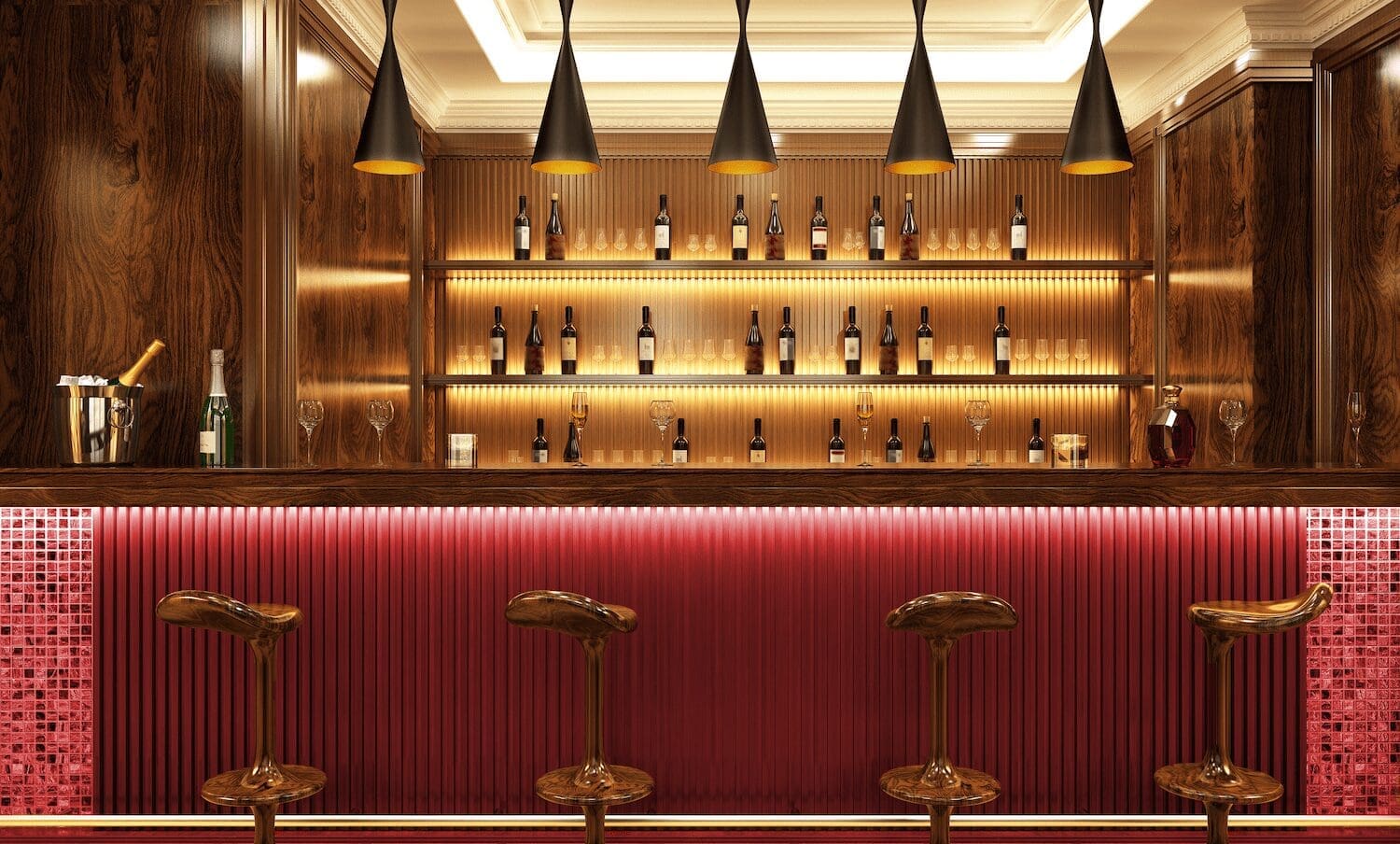Address
1/3 Harvton st, Stafford, 4053
Hours Of Operation
Monday to Friday: 9AM - 5PM
Address
1/3 Harvton st, Stafford, 4053
Hours Of Operation
Monday to Friday: 9AM - 5PM

The hospitality industry, especially pubs, bars, and nightclubs, lets you experience glamour like never before, but you cannot ignore the increased occupational risks associated with these venues.
People come to bars, nightclubs, and pubs to party with friends and socialise with other people. But the main attraction at such places is alcohol. Since alcohol makes people lose their sense of control, they are likely to do things they wouldn’t do when sober. This increases the risk of fights, accidents, and other unfortunate events.
Here is a list of the most common occupational health and safety risks associated with bars, pubs, and nightclubs.
This information should not be used as a formal guide or substitute any Workplace Health & Safety Risk Assessment or RAMP service provided by an experienced Risk Consultant.
Your employees are also at risk of tripping over a curb’s edge or slipping on spilled drinks or uneven surfaces. You can avoid such accidents by providing employees with shoes that have non-skid soles.
Your workers are also at the risk of burns while working in a commercial kitchen. Even the waiters can burn themselves while serving piping hot food to customers.
Moreover, employees can also get injured when working with different kinds of sharp tools like knives, can openers, etc.
People get into fights at nightclubs, pubs, and bars with each other or the staff under the influence of alcohol. Such patrons might cause chaos at your bar, causing your employees to get injured.
Bars, pubs, and nightclubs involve many factors that can lead to fires, like alcohol, lighting cigarettes on the dance floor, cooking appliances, smoking material, etc. Sometimes, these fires are also intentionally started by patrons and vandals under the influence of alcohol.
You should have an emergency plan to mitigate the loss caused by fires. Your staff should be trained through regular fire drills to save themselves and the customers if a fire breaks.
Moreover, there should also be some plan or facility that helps employees with disabilities escape from the establishment in the event of a fire.
Besides the measures mentioned above, it is also crucial to ensure all electrical items are in optimal condition at all times.
Bars need different electrical equipment to serve and entertain their customers, including TVs, sound systems, refrigerators, dishwashers, etc. Your employees might hurt or electrocute themselves while handling such electrical equipment.
The risk of handling injuries increases if a piece of equipment is faulty. In some cases, a malfunctioning piece of equipment can even start fires.
Waiters, bouncers, chefs, and other employees at bars, pubs, and nightclubs may develop back, neck, and spinal problems over time for the following reasons.
Carpal tunnel syndrome, tennis elbow, and rotator cuff issues are some specific muscle problems faced by bartenders who perform mixology. Their job requires them to mix, shake, and twist bottles to create innovative drinks, causing immense stress to their joints and tendons.
Some employees often face bullying or sexual harassment at the hands of intoxicated patrons. This involves passing inappropriate comments, inappropriate touching, and even physical assault.
Waiters are usually more exposed to such inappropriate behaviour, but other employees like bartenders and singers face such problems as well.
The massive crowd at bars, nightclubs, and pubs makes the employees more likely to fall sick due to common viruses like influenza and colds. You can prevent your employees from falling ill by:
Pots, pans, knives, and may fall in the kitchen due to incorrect stacking or collapsing shelves and cause severe wounds, abrasions, bumps, and even concussions to your employees. Glassware might also fall while serving the patrons due to slippery or uneven surfaces.
Cleaning chemicals are one of the most common occupational risks associated with bars.
The degreasers, soaps, and drain-cleaning chemicals used to clean your premises and equipment put your employees at risk of skin problems and chemical burns.
Dry ice is extremely cold, -70 degrees Celsius to be exact. You can develop frostbite if your skin comes in contact with it for more than 10 seconds. This also holds true for accidentally consuming it; drinking dry ice can result in internal frostbite or injury. Your employees need to be cautious while working with dry ice.
Liquid nitrogen is now a trending element at some bars, pubs, and nightclubs! But you can call this element one of the most dangerous occupational risks associated with bars these days.
It refers to nitrogen in a liquid form at a very low temperature. Some bars, pubs, and nightclubs use this element to chill glassware and “cryo-muddle” ingredients. Mishandling can result in severe burns, asphyxiation, frostbite, or explosions.
You should know how to mitigate the occupational risks associated with bars to keep your employees safe. However, taking preventative measures doesn’t mean no unfortunate event will ever happen on your premises.
Besides taking preventative measures, insurance coverage is a necessary for worker compensation claims. This coverage is applicable for when your employees experience workplace injuries. It also helps when they are diagnosed with a health problem caused by the nature of their work.